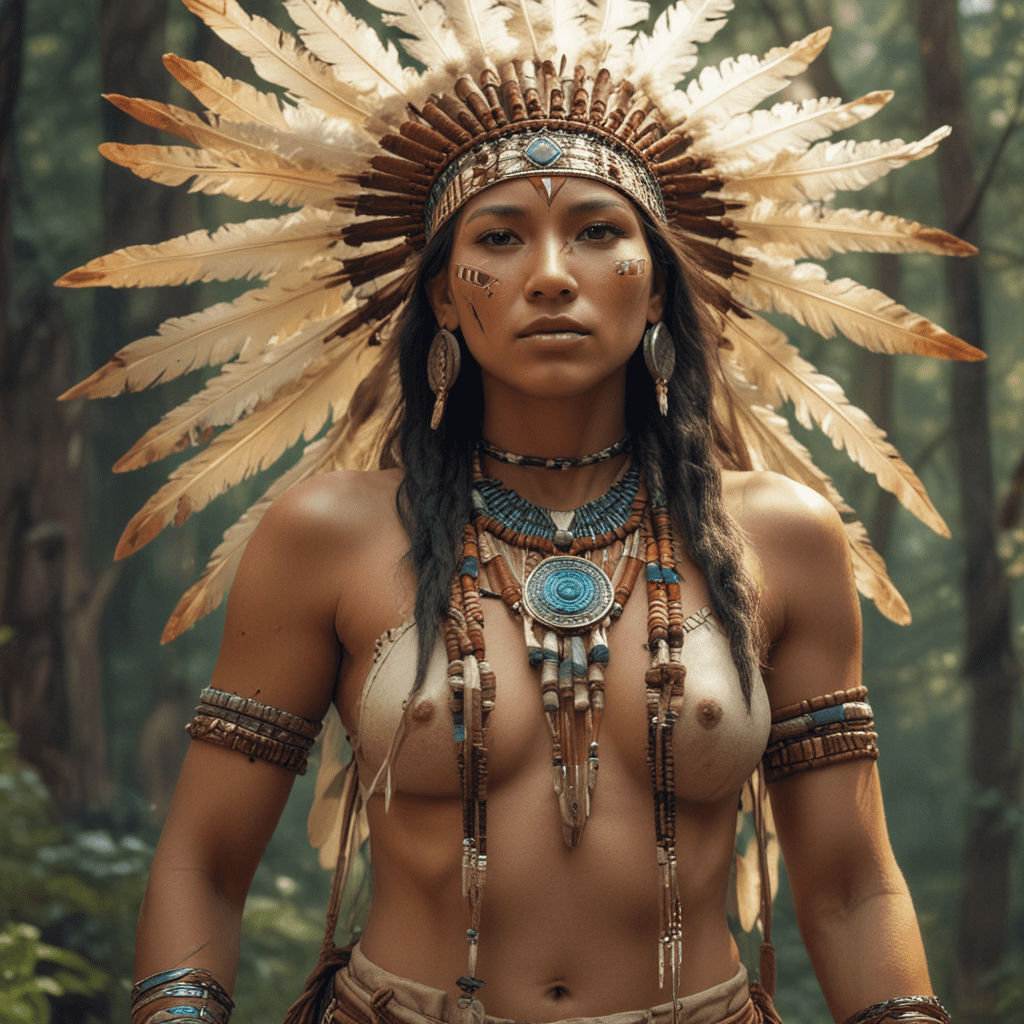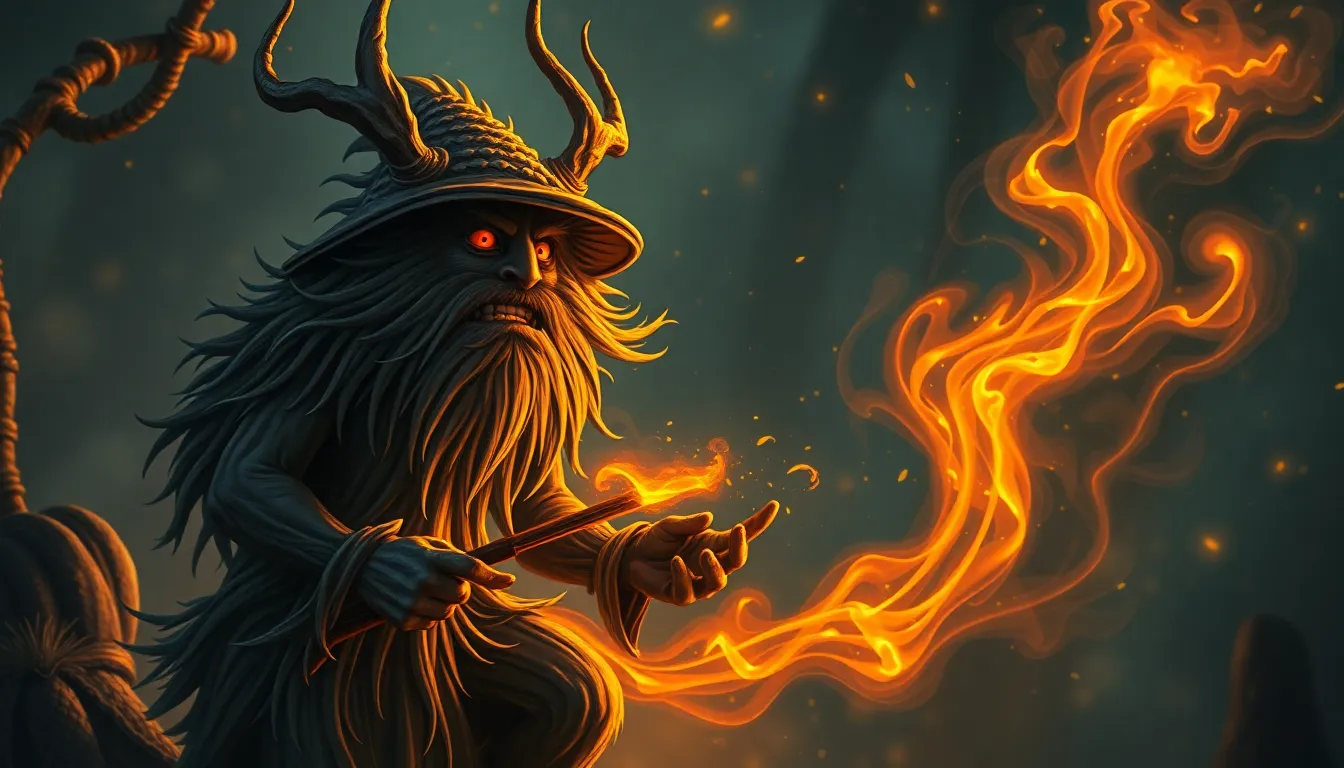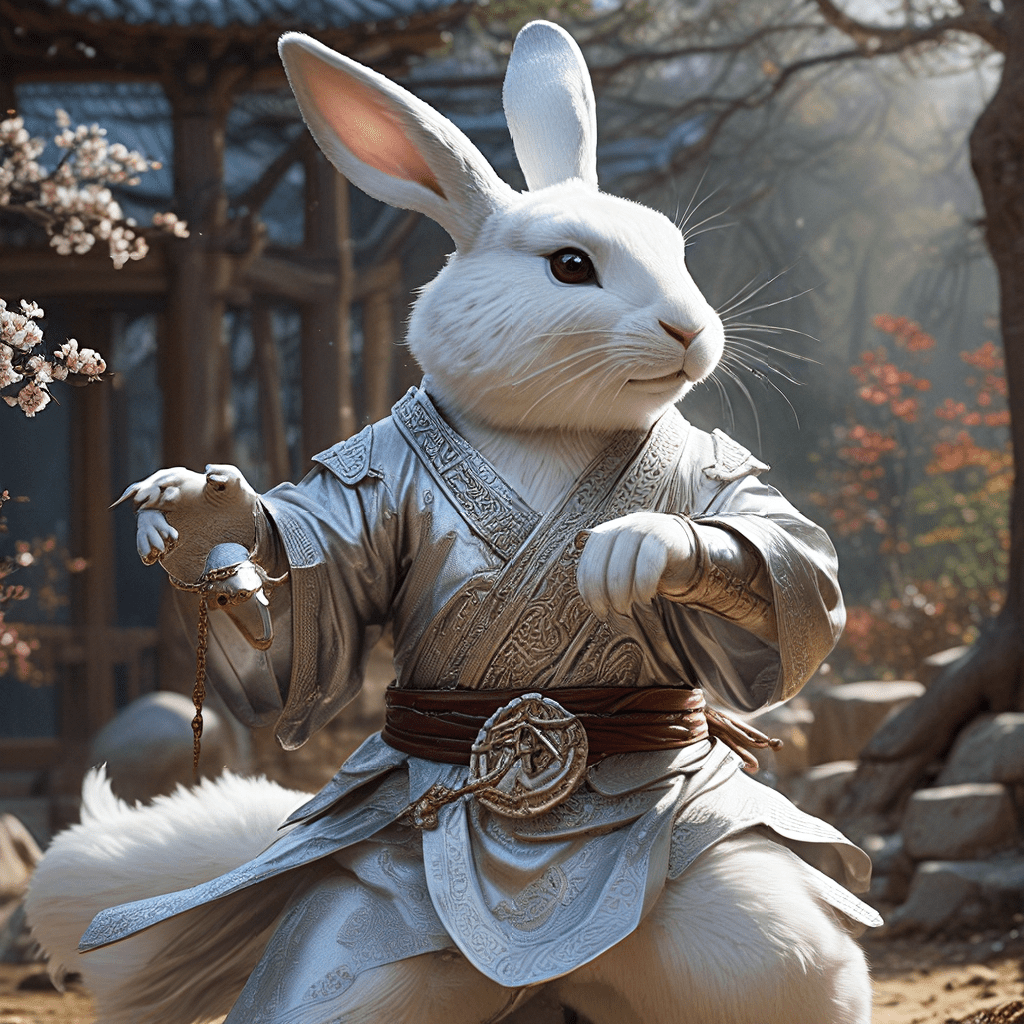1. Spiritual Healing: The Role of Shamans and Medicine Men
In Native American mythology, healing goes far beyond physical remedies. Spiritual healing practices are deeply rooted in their beliefs and traditions, with shamans and medicine men playing a central role. Shamans are considered intermediaries between the physical and spiritual worlds, possessing the ability to diagnose and cure illnesses through spiritual means. Medicine men, on the other hand, are experts in traditional herbal remedies and healing rituals. Together, they employ a holistic approach to healing that encompasses both the physical and spiritual aspects of an individual’s well-being.
2. Herbal Remedies: The Wisdom of Plants in Native American Medicine
Native American tribes have a vast knowledge of plants and their medicinal properties. Herbal remedies are a cornerstone of their healing practices, with each tribe having its own unique knowledge passed down through generations. Plants are used to treat a wide range of ailments, from common colds to chronic conditions. Native American healers believe that plants possess spirits that can interact with the human body, restoring balance and promoting healing. They carefully select and prepare herbal concoctions, ensuring the proper dosage and potency for each individual.
3. Ritual Dances and Ceremonies: Connecting to the Spirit World for Healing
Ritual dances and ceremonies are an integral part of Native American healing practices. These ceremonies often involve drumming, chanting, and storytelling, and are believed to create a sacred space where healing energies can flow. Participants may wear traditional regalia and use symbolic objects, such as feathers or crystals, to enhance the connection to the spirit world. Through these ceremonies, Native Americans seek guidance, protection, and healing from the spirits and ancestors.
4. Vision Quests: Seeking Guidance and Transformation through Solitude
Vision quests are spiritual journeys undertaken by individuals seeking guidance, healing, or a deeper connection to their spiritual selves. These quests typically involve spending time alone in nature, fasting, and engaging in introspection. During a vision quest, individuals may experience dreams, visions, or other spiritual experiences that provide insights into their life paths, challenges, and healing needs. The knowledge and wisdom gained during a vision quest are highly valued and often shape an individual’s future decisions and actions.
5. Sweat Lodges: Purification and Spiritual Renewal
Sweat lodges are ceremonial structures used by Native American tribes for purification, healing, and spiritual renewal. They are typically dome-shaped and made of natural materials, such as wood and animal skins. Inside the sweat lodge, participants sit around a central fire while water is poured over hot rocks, creating steam. The intense heat and humidity induce sweating, which is believed to cleanse the body and mind of impurities. Sweat lodges are also used as a space for prayer, meditation, and connecting with the spirit world.

6. Storytelling and Dream Interpretation: The Power of Words in Healing
Storytelling and dream interpretation hold immense significance in Native American healing practices. Stories passed down through generations serve as a repository of knowledge, wisdom, and cultural beliefs. By listening to and recounting stories, individuals can connect with their ancestors, learn from their experiences, and gain insights into their own lives. Dreams are also considered sacred and are believed to provide guidance, warnings, and messages from the spirit world. Native American healers use dream interpretation to help individuals understand the hidden meanings and implications of their dreams, facilitating self-discovery and personal growth.
7. Animal Spirits and Totem Animals: Connecting to the Animal Kingdom for Guidance
Native Americans believe that animals possess spirits and can serve as guides, protectors, and teachers. Animal spirits are often associated with specific traits, abilities, and powers. By connecting with their animal spirits, individuals can access these qualities and harness their energy for healing and personal empowerment. Totem animals are particular animals that are believed to have a special relationship with an individual or family. They serve as lifelong companions, providing guidance, protection, and spiritual support throughout life's journey.
8. Sacred Objects and Symbols: The Use of Crystals, Feathers, and Other Items in Healing
Crystals, feathers, stones, and other natural objects are considered sacred in Native American cultures and are often used in healing rituals and ceremonies. Each object is believed to possess unique properties and energies that can aid in healing. Crystals, for instance, are said to promote balance, clarity, and emotional well-being. Feathers are symbols of power, purification, and spiritual connection. Native American healers incorporate these sacred objects into their healing practices to enhance the flow of energy and facilitate healing.
9. Healing through Nature: The Connection between the Land and Physical and Mental Well-being
Native Americans have a deep reverence for nature and believe in the healing power of the land. They recognize the interconnectedness between the physical and spiritual worlds and view nature as a source of sustenance, healing, and renewal. Spending time in nature, participating in outdoor activities, and connecting with the elements are considered essential for maintaining balance, harmony, and overall well-being. Native American healers often incorporate natural elements, such as plants, water, and earth, into their healing practices to promote physical and mental restoration.
10. Contemporary Healing Practices: Integrating Traditional Knowledge with Modern Medicine
In contemporary times, Native American healing practices continue to evolve, integrating traditional wisdom with modern medicine. Many Native American healers now work alongside Western healthcare professionals to provide holistic and culturally sensitive care to their communities. This integration combines the strengths of both traditional and modern approaches, offering a comprehensive and personalized healing experience. By blending ancient practices with scientific advancements, contemporary Native American healing practices aim to empower individuals to achieve optimal physical, emotional, and spiritual well-being.
FAQs
-
What are the main principles of Native American healing practices?
- Native American healing practices emphasize the interconnectedness of the physical, mental, and spiritual aspects of an individual's well-being. They focus on restoring balance and harmony within the individual and with the natural world.
-
What role do shamans play in Native American healing?
- Shamans are intermediaries between the physical and spiritual worlds who possess the ability to diagnose and cure illnesses through spiritual means. They facilitate healing through ceremonies, rituals, and spiritual guidance.
-
How do Native Americans use herbal remedies?
- Native Americans have extensive knowledge of the medicinal properties of plants. They use herbal concoctions to treat a wide range of ailments, believing that plants possess spirits that can interact with the human body to restore balance and promote healing.
-
What are the benefits of participating in Native American healing ceremonies?
- Native American healing ceremonies create a sacred space where individuals can connect with their spiritual selves, access guidance from the spirit world, and facilitate healing through drumming, chanting, and other ritual practices.
-
How can contemporary healing practices integrate traditional Native American knowledge with modern medicine?
- Contemporary healing practices combine traditional Native American wisdom with modern scientific advancements to provide a holistic and culturally sensitive approach to healthcare. This integration allows for a comprehensive and personalized healing experience that addresses both the physical and spiritual dimensions of well-being.



